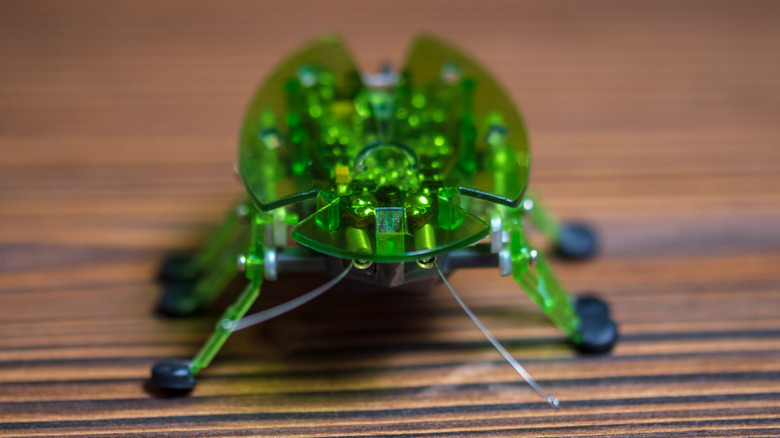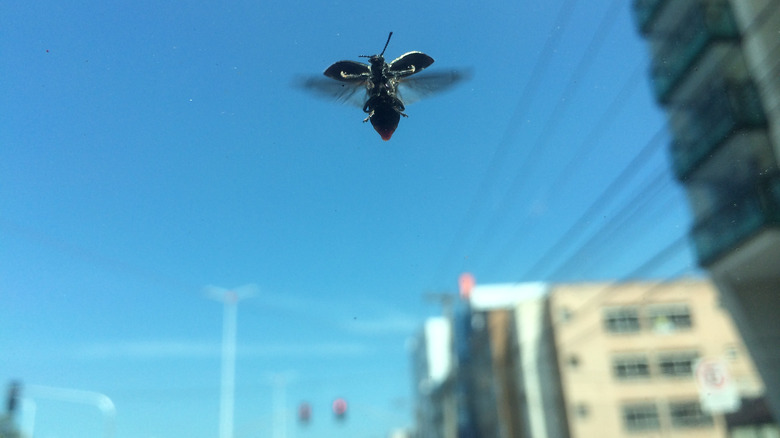Are Robotic Bugs The Next Big Breakthrough In Medical Technology?
While many of us go out of our way to repel insects and other small pests, scientists are beginning to develop technological devices to mirror the likeness and behaviors of various bugs such as fleas, trap-jaw ants, and mantis shrimp to improve our lives in many ways, large and small (via EurekAlert!). The popularity of such technology is growing. Consider just last year when NPR reported on the development of a miniature drone with wings that resembled those of a dragonfly to aid in search and rescue efforts. The device, weighing in at just 0.02 ounces, was modeled after the agility of a mosquito to allow it to maneuver through tight spaces such as under debris or within collapsed buildings in the aftermath of a disaster to seek out people who may be trapped.
Now, engineers at the University of Pittsburgh have created a new robotic bug that can not only seek out those who may be injured but also have the potential to administer basic health assessments in the event of an emergency (via WebMD). The success of the prototype can be attributed to its design. Created with artificial muscle, the robot is able to bend and flex just like an insect. Coupled with its light-weight structure, the robot can also jump rather than crawl — allowing it to preserve energy (via The Science Terms).
Robot bugs for search-and-rescue efforts and medical care
Junfeng Gao, lead author of the 2021 study published in Advanced Materials Technologies, stated in a press release that the robot bug would be able to navigate rough terrain and other spaces inaccessible to humans to obtain critical information regarding the physical environment. Gao said, "These robots could be used to access confined areas for imaging or environmental evaluation, take water samples, or perform structural evaluations," (via EurekAlert!).
Not only that, but the bug could also be used to collect information regarding an individual's health status by drawing blood samples or taking temperatures, explained Dr. Ravi Shankar, a professor of industrial engineering at the University of Pittsburgh (via WebMD).
Roughly the size of a cricket, scientists have future hopes of expanding the robot's capabilities, as well as further reducing its size. According to WebMD, should the bug-like robot be able to be scaled down to mere millimeters, researchers say it would open the door for surgical robot interventions such as tissue repair and blood cell entry within the body. As far as expanding its search and rescue capabilities, researchers believe the robot also holds potential for transporting miniature first-aid medical equipment to people in need, on site.


